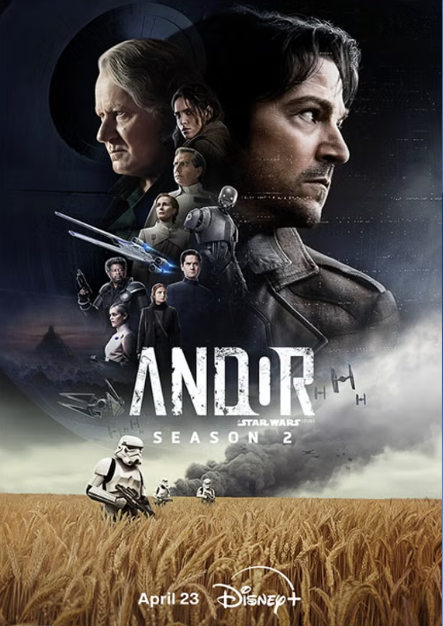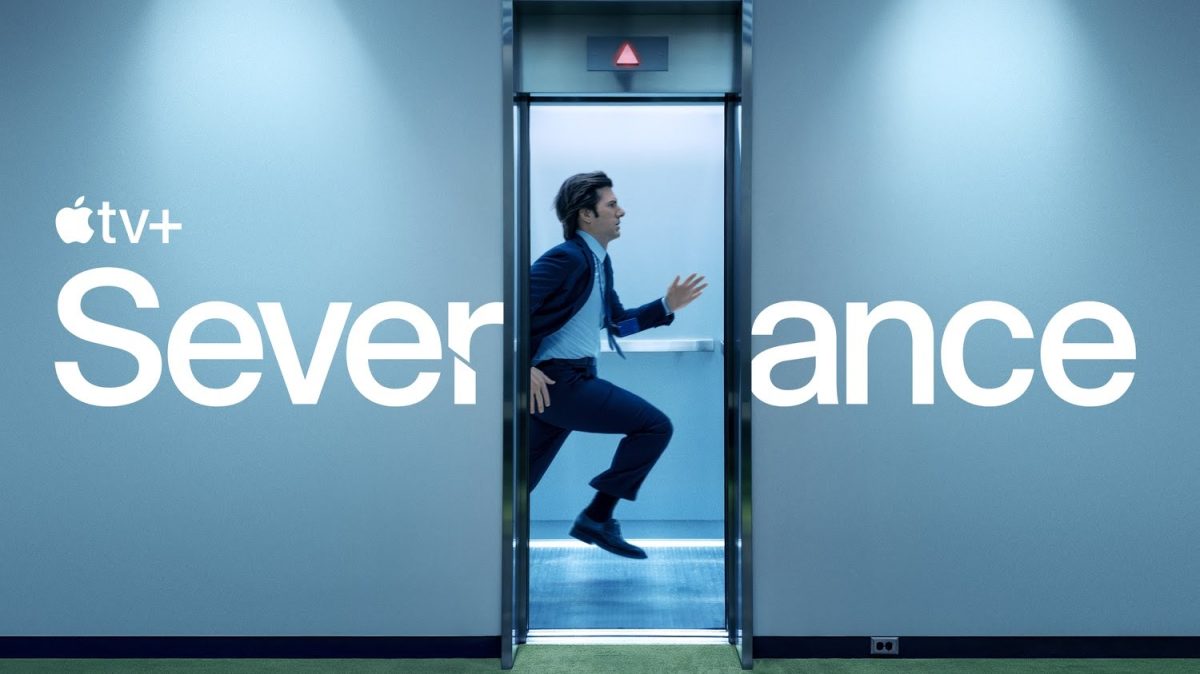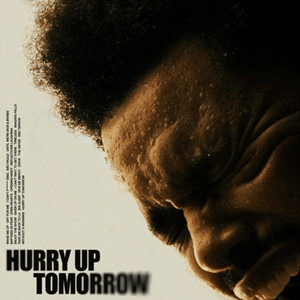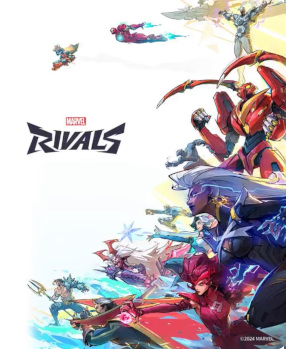Ever since their 2011 release “Bastion,” indie studio Supergiant Games has been one of the most beloved developers in the industry. Every one of their releases, from “Bastion” to 2014’s “Transistor” has received immense critical acclaim for each game’s unique art style; distinct gameplay; and excellent music composed by the studio’s in-house composer Darren Korb, with the addition of phenomenal vocal tracks composed by Korb and sung by Ashley Barrett. The studio properly entered the mainstream consciousness in 2018 with the release of “Hades,” likely the most successful and beloved roguelite of all time.
The roguelite/roguelike genre is a style of game based on repetition, mastery, and usually a degree of RNG. Gameplay is usually based around attempts of a path(s), with the player gaining more upgrades in and out of the runs to finally complete it. Post-first-completion content is also often present to encourage further runs of the game. The genre has seen a significant boost in popularity during the 2010s and 2020s, with successful titles like the “Risk of Rain” franchise and, especially, the aforementioned “Hades.”
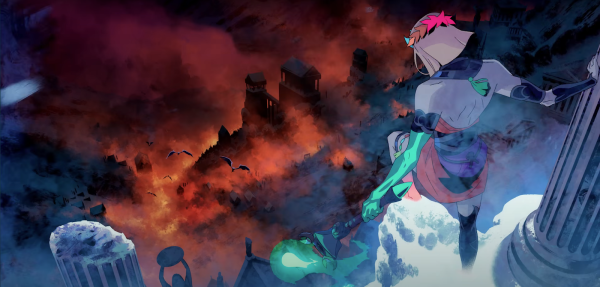
“Hades II” was surprise-announced in 2022 during The Game Awards to immense hype, with a gorgeous trailer that revealed the game’s protagonists and antagonist through the tagline: “Death to Chronos.” It was released into early access in early 2023, and the full game (1.0) was released two years later on Sept. 25, 2025.
“Hades” and its sequel take place in a Greek Mythology setting, as the name implies. The original game consisted of main character Zagreus (Darren Korb), the son of Hades; Hades himself (Logan Cunningham) as both an antagonist and supporting character, and more, as Zagreus tried to escape the underworld. “Hades II” features the goddess Melinoë (Judy Alice Lee) as its main character, with the main supporting cast primarily consisting of witchcraft goddess Hecate (Amelia Taylor) attempting to defeat Chronos, the Titan of Time (Logan Cunningham); with Prometheus, Titan of Foresight and giver of fire to humanity (Ben Starr) as the secondary villain.
“Hades II,” like the original title, contains a super-in-depth hub world, this time with The Crossroads instead of the original’s House of Hades. Much of the supporting cast is met here through tons of optional dialogue interactions that give insight into the story. Characters can also appear at the Crossroads occasionally for surprise interactions. The rest of the supporting cast is met, like in the original Hades, through “boons,” upgrades delivered by the gods as well as surprise chance encounters throughout runs. “Hades II” features many of the same gods as the previous game, with it consisting of much of the expected Greek pantheon, as well as some lesser-known characters from throughout Greek Myth.
“Hades II,” includes five new boon-giving gods not seen in the previous title, and some gods from the last game have had theirs changed. The boon system, the main in-run upgrade system in the “Hades” duology, remains largely the same as the predecessor. The player, during a run, can obtain boons from various gods that grant damage buffs in a form related to that god, improvements to defense, complete ability alterations, and more. There are new chance encounters with unique gameplay as well that have their own upgrades and rewards.
The gameplay of “Hades II” is pretty much perfect. The main moment-to-moment gameplay is largely the same in concept as its predecessor, but the gameplay of the original “Hades” is excellent, so that isn’t a bad thing. “Hades II” primarily sees changes in weapons and resources. Melinoë wields a much different arsenal than Zagreus in the first game, though various weapon archetypes remain from the first game. The main moment-to-moment gameplay changes are the addition of special variants of each ability if the player holds down the respective button, as well as Melinoë’s new cast ability. Arguably, the biggest new gameplay feature is the Animal Familiar system, which allows the player to take one of a few companions with them in a run to gain various buffs. The gameplay, as expected, flows incredibly well and combat always feels super smooth. Combat feels extremely satisfying, due in no small part to the game’s excellent animation work and incredible sound design. “Hades II” doesn’t change a ton from its predecessor, but it refines what made it so great.

The characters of “Hades II” are phenomenal. The character designs are pretty much perfect. They’re filled with personality and are all super unique. The character designs clearly communicate who it is with various imagery associated with each god’s specialty, but they’re also fairly distinct from more traditional artistic interpretations of them. Their dialogue fits perfectly with their designs and the game’s tone, and it serves as the primary source of narrative insight into the game’s plot and background lore. Each character, despite the relatively small cast with few major stars, is voiced perfectly. Ben Starr, a more recent star in the gaming scene, gives an excellent hate-filled performance as Prometheus, and every line from Logan Cunningham’s Chronos is filled with so much venom. The gods also have super diverse voices that fit their designs and personality extremely well, ranging from more grounded and subdued with goddesses like Jamie Landrum’s Artemis, to the grand and boisterous voices of Peter Canavese’ Zeus and Cunningham’s Poseidon. Judy Alice Lee’s Melinoë and Amelia Taylor’s Hecate shine as well- Their dialogue, individually and together, stands out as they see the most interaction in the game.
Supergiant is no stranger to excellent narratives; the studio has always been good at telling compelling character stories without flashy, expensive, high-fidelity cutscenes. The “Hades” games are no exception. The original title used its characters expertly to tell a story about family, healing, and trust, and “Hades II” continues the previous games themes and touches on some new ones, particularly the more negative side of the gods. The story of “Hades II” is almost perfect. Its characters are great and villains even moreso, but the game’s ending is… weird. It’s interesting in concept, but it’s clearly rushed and Melinoë is basically shafted from her role as the main character in the main ending. It’s not a great ending, mostly due to execution, and it’s left a sour taste in some player’s mouths. It’s not enough to truly drag the game down, however, especially as due to the games’ roguelike nature it doesn’t really end there. There’s also post-game content that ties up some loose ends unresolved in the main ending.
“Hades II” looks gorgeous; it isn’t super high-fidelity or hyper-realistic but everything from the characters to icons and UI to environmental designs are incredible. The game’s environments are loaded with beautiful lighting and super distinct features. The game’s later areas, especially on the Mount Olympus route, are beautiful, grandiose, and larger than life to match the scale of “Hades II”’s narrative. More credit to the game’s visuals is how surprisingly easy the game is to follow during combat. Despite a ton happening during gameplay with projectiles and effects everywhere, the game is fairly readable once you get used to it.
Continuing a trend from Supergiant’s previous titles, the soundtrack of “Hades II” is another masterpiece from Darren Korb and his collaborators. Motifs and instrumentation return from the original game, but the game also implements new styles for its new locations and villains, particularly more digital sounds and drum use. As with previous Supergiant games, “Hades II”’s soundtrack has numerous beautiful vocal tracks, particularly “Moonlight Guide Us,” a duet with Barrett and Judy Alice Lee, as well as the songs sung by the in-universe band Scylla and the Sirens. The game’s Mount Olympus route makes use of a much different style than the original game or “Hades II”’s underworld route, with lots of grand brass to sell the scale of the conflict taking place.
Supergiant once again creates a title with a perfect gameplay flow, beautiful and unique visuals, and amazing character work. Darren Korb tops it all off with an amazing soundtrack that adds so much to every moment of the game. Hades II, despite some rough spots, particularly the ending, is a 10/10. It’s a near-flawless improvement on pretty much everything that made the original title so compelling.


